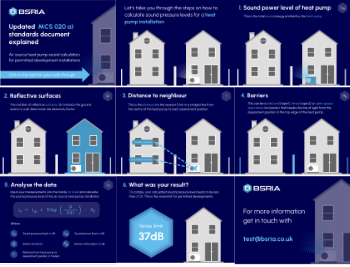Pyrolysis
Contents |
[edit] Introduction
Pyrolysis is a thermochemical term describing the decomposition of organic (carbon-based) materials, by the application of heat, in the absence of oxygen - which causes physio-chemical separation of the material into different molecules. As such the process can convert carbon-based materials into drop-in hydrocarbon biofuels, oxygenated fuel additives and petrochemical replacements.
[edit] Traditional methods
Traditionally charcoal was made by burning wood in covered pits, so without oxygen, then extinguished quickly. This was a hand method of creating the thermochemical process of pyrolysis with wood.
[edit] Modern methods
Pyrolysis of wood today is often industrialised and can produce bio-oil liquids, gases, and the char product. Initially the wood is carbonized at a low temperature in a kiln, then the temperature is increased up to 1000°C, turning the wood red hot. The charcoal is then quickly taken out of the kiln and covered with a powder to extinguish it and bring down the temperature.
[edit] Different types of processes
In general there are three approaches to carrying out pyrolysis:
- Conventional/slow pyrolysis.
- Fast pyrolysis.
- Ultra-fast/flash pyrolysis.
There are then a variety of different technical methods and also a variety of materials that can be processed to create fuels, these include plastics, tyres, biomass and general waste as well as others.
[edit] Related articles on Designing Buildings
- Advanced bioenergy.
- Biochar.
- Biogas.
- Biomass CHP.
- Biomass.
- Biomethane.
- Combined heat and power (CHP).
- District energy.
- Drop-in hydrocarbon fuels.
- Energy.
- Environmental impact of biomaterials and biomass (FB 67).
- Feed in tariff.
- Fossil fuel.
- Methane pyrolysis.
- Solid biomass.
- Stove.
- Renewable heat incentive.
- Types of boiler.
- Types of fuel.
- Wood pellet mill basics.
Featured articles and news
Amendment to the GB Energy Bill welcomed by ECA
Move prevents nationally-owned energy company from investing in solar panels produced by modern slavery.
Gregor Harvie argues that AI is state-sanctioned theft of IP.
Heat pumps, vehicle chargers and heating appliances must be sold with smart functionality.
Experimental AI housing target help for councils
Experimental AI could help councils meet housing targets by digitising records.
New-style degrees set for reformed ARB accreditation
Following the ARB Tomorrow's Architects competency outcomes for Architects.
BSRIA Occupant Wellbeing survey BOW
Occupant satisfaction and wellbeing tool inc. physical environment, indoor facilities, functionality and accessibility.
Preserving, waterproofing and decorating buildings.
Many resources for visitors aswell as new features for members.
Using technology to empower communities
The Community data platform; capturing the DNA of a place and fostering participation, for better design.
Heat pump and wind turbine sound calculations for PDRs
MCS publish updated sound calculation standards for permitted development installations.
Homes England creates largest housing-led site in the North
Successful, 34 hectare land acquisition with the residential allocation now completed.
Scottish apprenticeship training proposals
General support although better accountability and transparency is sought.
The history of building regulations
A story of belated action in response to crisis.
Moisture, fire safety and emerging trends in living walls
How wet is your wall?
Current policy explained and newly published consultation by the UK and Welsh Governments.
British architecture 1919–39. Book review.
Conservation of listed prefabs in Moseley.
Energy industry calls for urgent reform.
























